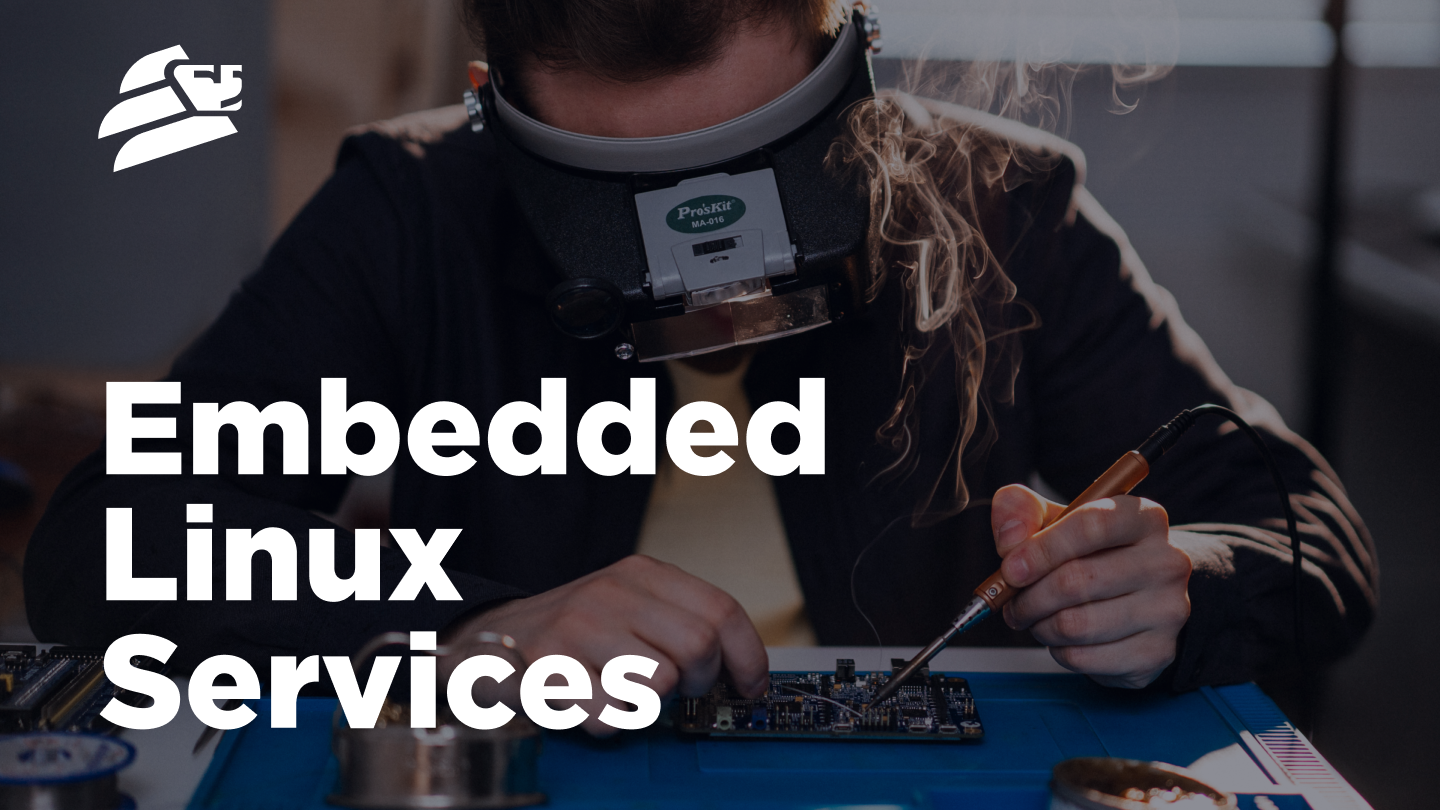When it comes to the world of technology, embedded systems are at the heart of many devices we use daily – from smartphones to smart home devices and industrial machinery. One of the key components in creating these sophisticated devices is embedded Linux development. In this article, we’ll dive into the world of embedded Linux development services, exploring what they are, how they work, and the transformative impact they can have on your project.
Embedded Linux Development Services | Lemberg Solutions play a pivotal role in creating efficient, powerful, and reliable embedded systems. Whether you’re a startup aiming to launch an innovative product or an established company looking to enhance your offerings, understanding how embedded Linux development services can elevate your project is crucial.
What Are Embedded Linux Development Services?
Embedded Linux development services involve designing and implementing Linux-based software solutions for embedded systems. These systems are specialized computers designed to perform specific tasks within larger devices. Think of the software running a car’s infotainment system or a wearable device – that’s the work of embedded systems.
How Does Embedded Linux Development Work?
Embedded Linux development is a complex process that involves crafting a tailored software environment for embedded systems. These systems power various devices, from consumer electronics to industrial machines. Let’s delve into the intricacies of how embedded Linux development works:
1. Customization of Linux Kernel:
At the core of embedded Linux development is the Linux kernel – the heart of the operating system. Developers customize the Linux kernel to suit the specific requirements of the embedded system. This entails selecting and configuring components such as drivers, file systems, and networking protocols. By optimizing the kernel for the hardware and desired functionalities, developers ensure efficient resource utilization.
2. Driver Development:
Embedded systems interact with various hardware components like processors, sensors, and displays. Developers create drivers, which are software modules, to facilitate communication between the hardware and the operating system. These drivers enable the OS to access and control the hardware effectively. Whether it’s a touch screen or a camera, drivers ensure seamless interaction between software and hardware.
3. Application Integration:
Embedded systems serve a specific purpose, and the software running on them must align with that purpose. Developers integrate application software tailored to the device’s function. This software could range from user interfaces that enable interaction to algorithms that process data in real-time. Integrating these applications within the embedded Linux environment ensures smooth operation and a cohesive user experience.
4. Cross-Compilation and Toolchains:
Embedded systems often have limited computing resources compared to traditional computers. Cross-compilation is used to build software on a host machine that is compatible with the target embedded system. This allows developers to create software that runs efficiently on resource-constrained devices. Toolchains, a set of tools needed for compiling software, aid in this process.
5. Testing and Optimization:
Rigorous testing is a crucial step in embedded Linux development. Developers run extensive tests to identify bugs, compatibility issues, and performance bottlenecks. This includes unit testing, integration testing, and system-level testing. Optimization techniques are applied to enhance performance and responsiveness. The goal is to create a stable and reliable system that operates as intended.
Why Choose Embedded Linux Development Services?
Let’s delve into the reasons why opting for these services can be a game-changer for your project.
1. Open Source Advantage
At the core of embedded Linux development is its open-source nature. Linux, the foundation of these services, has its source code available to the public. This openness fosters a collaborative environment where developers worldwide contribute to its enhancement. The result? Continuous improvement, adaptability, and a vibrant community that ensures Linux remains cutting-edge.
2. Cost Efficiency
Utilizing open-source components significantly reduces development costs. Proprietary software can be expensive, and licensing fees can add up. With embedded Linux, you’re tapping into a vast pool of freely available resources. This not only reduces initial costs but also allows you to allocate your budget strategically for other critical aspects of your project.
3. Flexibility and Customization
Embedded Linux offers unparalleled flexibility. Developers can mold the Linux kernel and other components to meet the specific requirements of their devices. Whether you’re creating a wearable device, an industrial IoT solution, or a smart home gadget, embedded Linux can be tailored to suit your unique vision. This customization ensures that your product stands out in the market, addressing precisely what your target audience needs.
4. Community Support
The Linux community is a robust ecosystem of experts, enthusiasts, and developers. This network provides extensive support, resources, and solutions for any challenges you might encounter during development. If you’re ever stuck, chances are someone else has faced a similar issue and is willing to help. This community-driven support accelerates troubleshooting and keeps your project on track.
5. Stability and Security
Linux is renowned for its stability and security features. When developing embedded systems, reliability is paramount. With Linux as your foundation, you’re benefiting from a platform that has been rigorously tested and refined over the years. Linux’s security features protect your embedded system from vulnerabilities, ensuring the safety of sensitive data and the seamless operation of your device.
Conclusion
Embedded Linux development services offered by companies like Lemberg Solutions have the potential to transform your project, enabling innovation, enhancing performance, and ensuring security. From automotive systems to healthcare devices, embedded Linux’s versatility is reshaping industries and creating a world of possibilities. As you embark on your embedded systems journey, partnering with experts in embedded Linux development can be the key to unlocking the full potential of your project.

